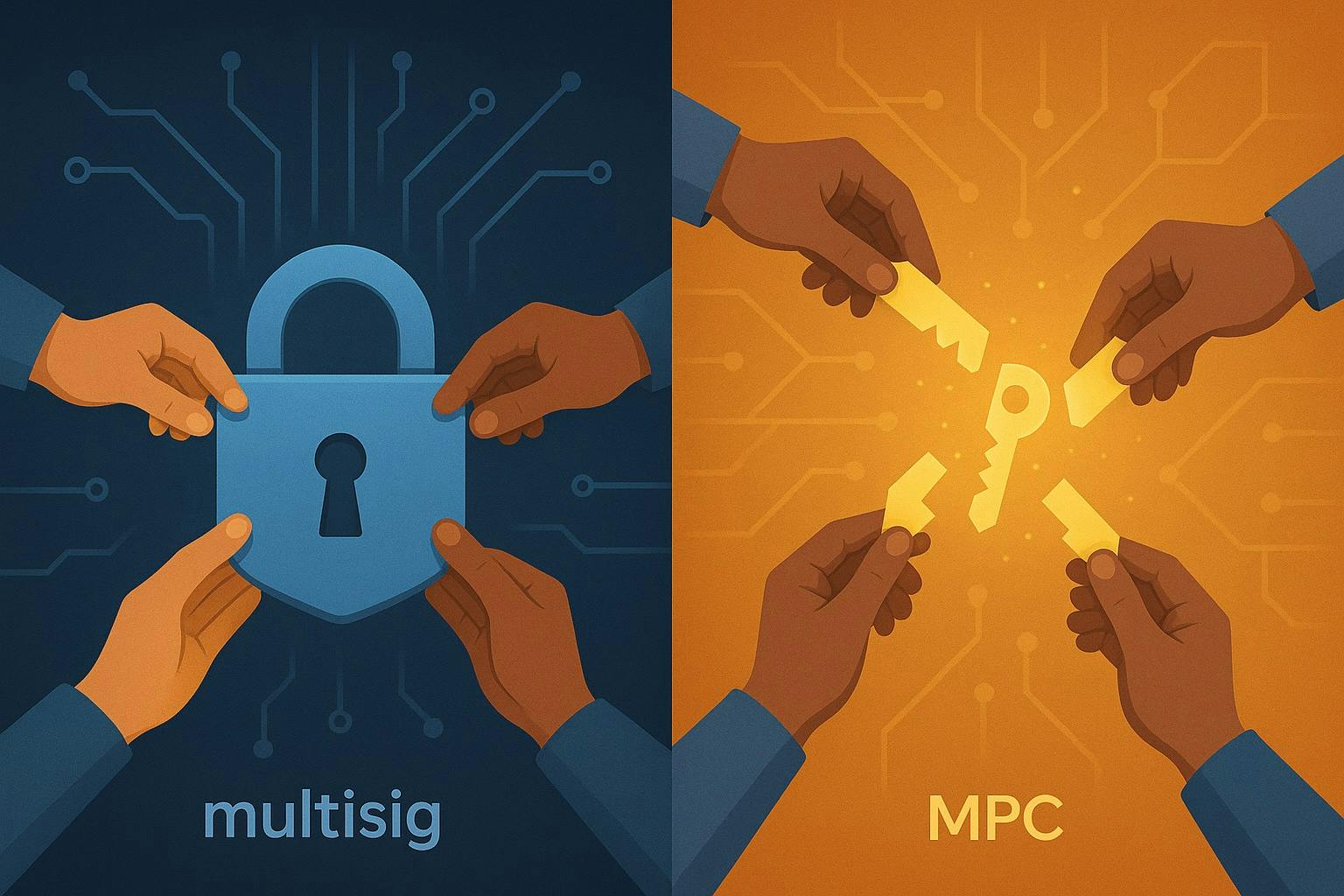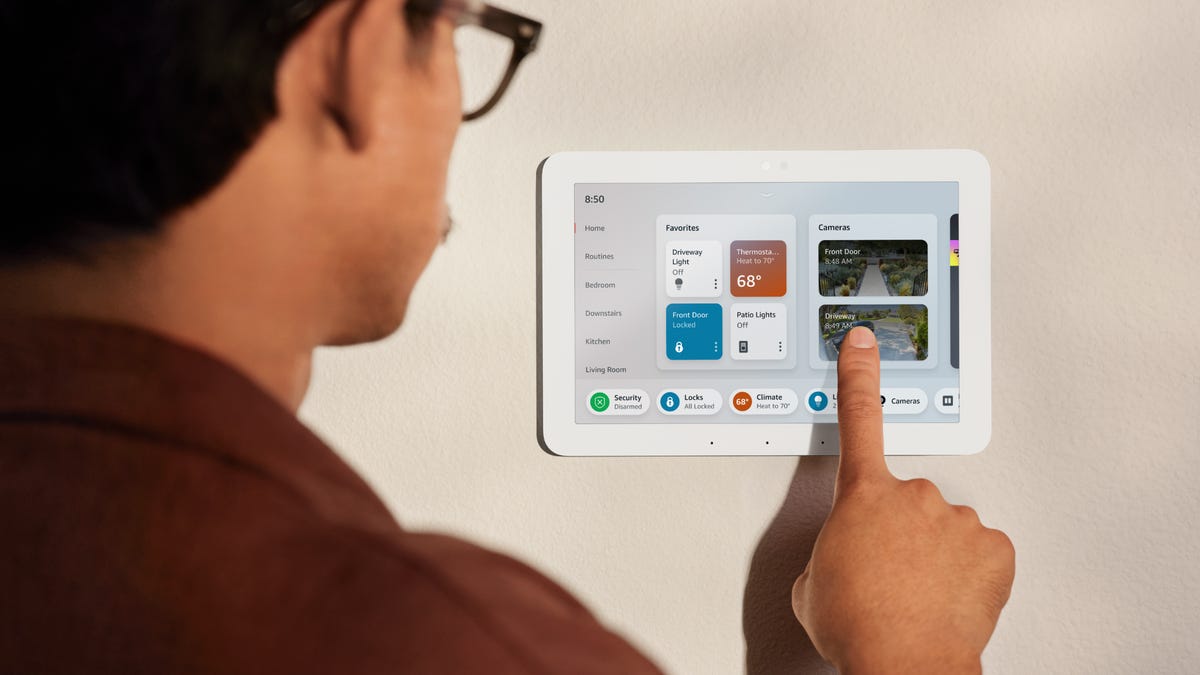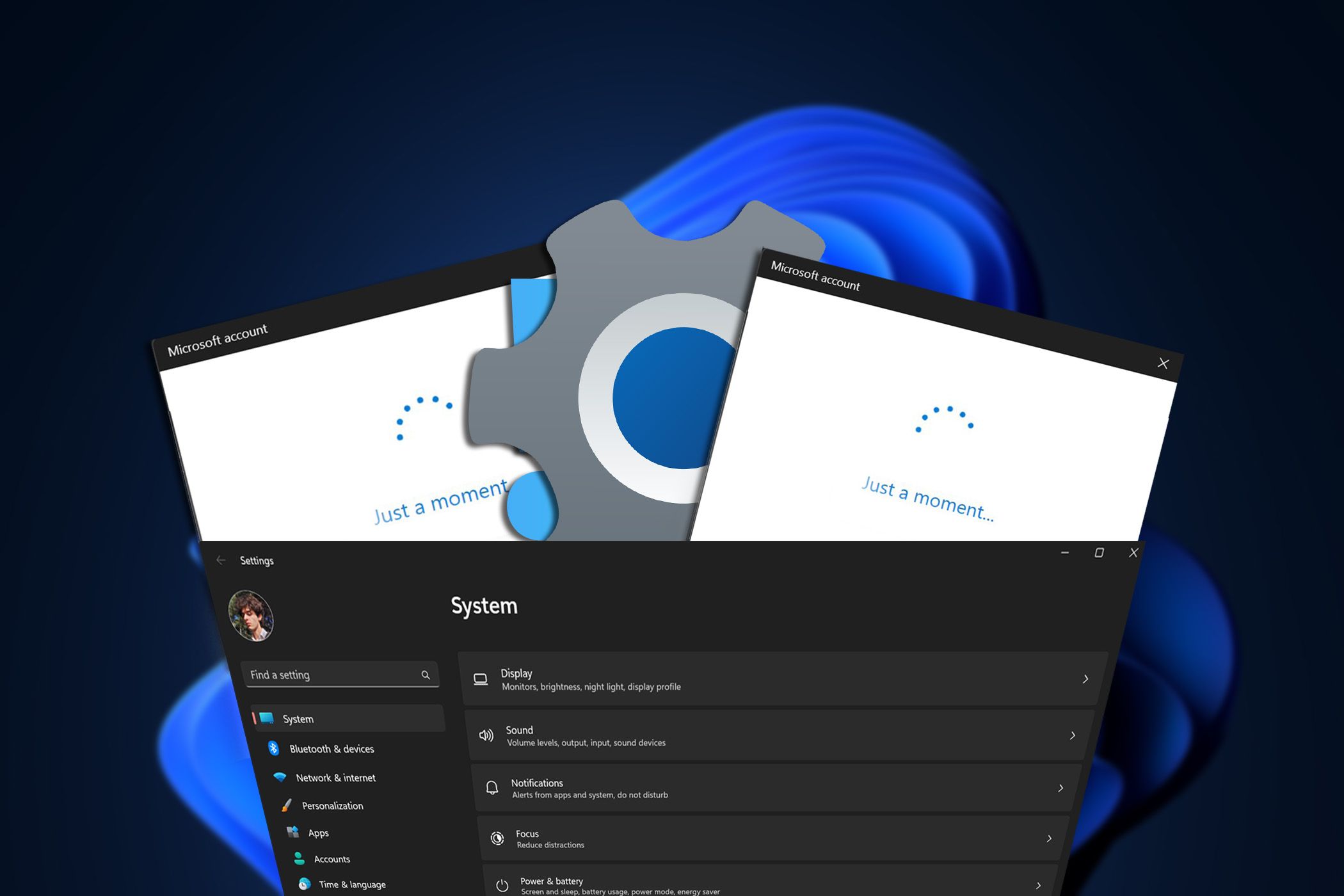In the early days of cryptocurrency, owning digital assets came with a lot of anxiety. Digital wallets were mostly controlled by a single user through a string of random characters, known as the Private Key. Lose it or forget it, and the treasure would get locked away forever. This “single point of failure” problem scared most people away because it was both inconvenient and terrifying.
This vulnerability led to devastating hacks and accidental losses that became cautionary tales in the history of blockchain. From exchanges collapsing due to compromised hot wallets to individuals losing their entire fortune because of losing the private key, the need for a more robust security paradigm became increasingly obvious. Ironically, the growth of the decentralized finance was hindered by the very centralized nature of private key management.
The Rise of the Digital Co-Signers: Multisig Wallets
The first major leap forward came in the form of Multi-Signature (Multisig) wallets in 2013. These wallets presented a fundamental shift in how digital assets could be protected. It could be compared to moving from a single-key safe deposit box to a bank vault that requires multiple managers to turn their keys simultaneously before the vault door creaks open.
In contrast to a single key wielding all the power, the ownership in a multisig wallet is divided among multiple keys. To spend the funds held at this address, a predefined number of the corresponding private keys must sign the transaction. For example, a “m-of-n” multisig wallet means that out of ’n’ designated private keys, any ‘m’ must authorize a transaction.
We see examples of this security paradigm every day in the real world. A company’s bank account might require two out of three board members to sign off on a large withdrawal. A family trust may require the consent of multiple beneficiaries before assets can be distributed. Multisig wallets brought this familiar, real-world security protocol to the digital world.
This innovation was nothing short of a revolution. A single lost or compromised key no longer meant total loss, and an attacker would need to gain control of multiple keys to steal funds. This distributed control also fostered trust where otherwise there was none. Multisig wallets allowed organizations to manage shared funds in a trust-less and secure manner.
However, like everything else in life, multisig wallets also had their quirks. Coordination among multiple key holders, especially across different time zones, introduced delays. Multiple signatures increased transaction size, leading to higher on-chain costs.
The Invisible Shield: MPC Wallets
As the stakes grew higher and the digital landscape continued to evolve, the crypto world began to dream of an even more sophisticated form of security – one that could offer the benefits of distributed control without the inherent drawbacks and on-chain footprint of multisig wallets. This dream materialized in the form of Multi-Party Computation (MPC) wallets in 2018.
To truly grasp MPC, let’s step away from the digital realm for a moment. Picture a highly sensitive government secret, so vital that no single person is ever allowed to know the entire secret. Instead, the secret is broken into fragments, and each fragment is handed over to a different individual for safeguarding. When the secret needs to be used, perhaps to launch a highly secure operation, these individuals come together. They don’t reveal their fragments to each other, but through a sequence of steps they collectively perform the necessary action without any one person ever seeing the full secret.
That’s the essence of MPC in a nutshell. When an MPC wallet is created, the private key is never fully formed or stored in one place. Instead, it’s immediately shattered into “fragments” and distributed among multiple parties. To authorize a transaction, a threshold number of these key share holders collaborate to generate the signature without ever reconstructing the private key.
Furthermore, transactions from MPC wallets appear on the blockchain as standard single-signature transactions, making them indistinguishable from regular ones. The advantages are profound. Transactions don’t incur any additional fees, and the single point of failure for the private key simply ceases to exist. An attacker can’t trace a transaction to an MPC wallet, and they can’t compromise the wallet even if they manage to steal a share.
However, the advanced cryptographic process underlying MPC wallets can be difficult for an average user to understand. If not handled properly, the increased complexity can lead to errors during setup, shard management, or transaction signing, which can compromise functionality and security.
Choosing Your Digital Guardian: Multisig or MPC
While both Multisig and MPC wallets aim to offer increased security for safeguarding digital assets, their distinct mechanisms make them better suited for different scenarios and the choice depends on your specific requirements.
When Multisig Might Be Your Ideal Guardian:
- You value Transparency and Auditability: The mechanics of multisig are relatively straightforward and easily auditable on-chain. You can clearly see how many keys are required to authorize a transaction and who the key holders are (or at least their public key identifiers). This transparency is crucial for scenarios where accountability and verifiability are paramount, such as managing funds for a DAO or a transparent organization.
- Simplicity and Established Technology are Key: Multisig has been around longer with well understood attack vectors. If you prefer a well-established and understood technology with a larger support ecosystem, multisig is a safe bet.
- Lower Technical Barrier for Setup: While managing multiple keys requires diligence, setting up a basic multisig wallet can be less cryptographically complex than implementing a secure MPC setup, especially with user-friendly wallet interfaces.
- Integration with Existing Tools: Multisig wallets have broader ecosystem support and better integration with exchanges and other service providers.
When MPC Might Be Your Preferred Invisible Shield:
- Privacy is Paramout: Transactions signed with MPC appear with a single-signature on-chain, hiding the multi-party nature of the wallet.
- Lower On-Chain Footprint and Potential for Lower Fees: Because MPC transactions appear as regular single-signature transactions on the blockchain, they have a smaller data footprint, leading to lower transaction fees compared to the larger multisig transactions.
- Dynamic Participant Management: MPC wallets allow you to easily add or remove parties or change thresholds without any on-chain transactions.
- Cross-Chain Compatibility is Essential: MPC technology is blockchain-agnostic. It can be implemented across various networks without relying on any blockchain features that could be a significant advantage if you need to manage a portfolio of digital assets across multiple chains.
Ultimately, the best choice depends on your individual security requirements, technical comfort level, the specific use case, and the trade-offs you are willing to make between transparency, cost, and cryptographic sophistication. As both technologies continue to mature, we may even see hybrid solutions emerge, leveraging the strengths of each to create even more robust and versatile protection mechanisms.
The Future of Digital Vaults
As the digital economy continues to flourish, and the value flowing through cryptocurrencies grows exponentially, these “Digital Fort Knoxes” will play an increasingly critical role. The journey from vulnerable single keys to the distributed, multi-layered security of multisig and MPC wallets is a testament to the relentless innovation within the blockchain space – a continuous quest to build a more secure and resilient financial future.








